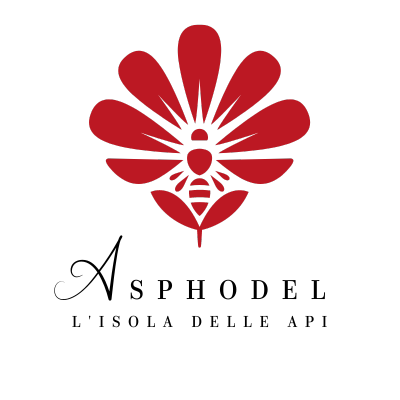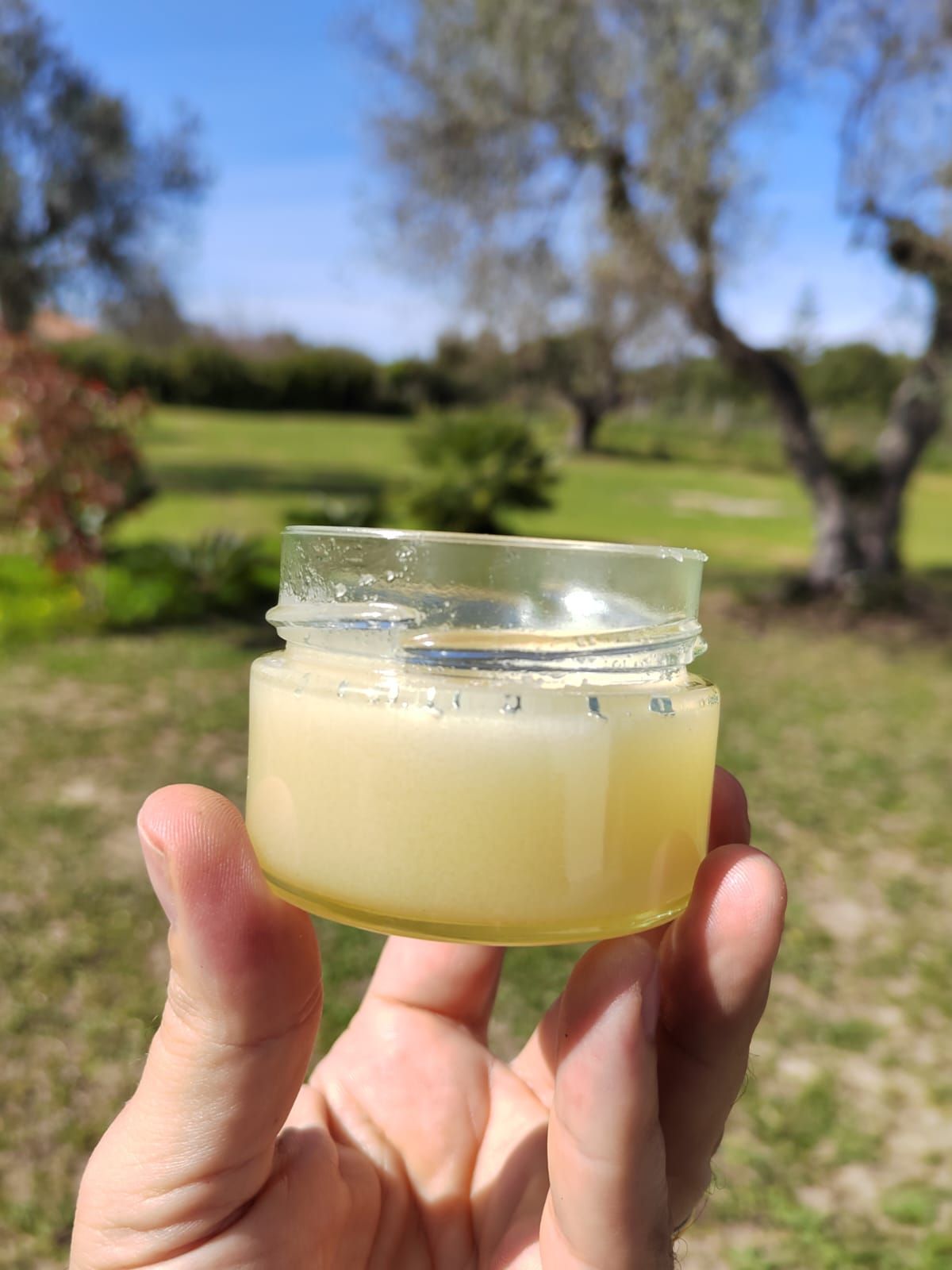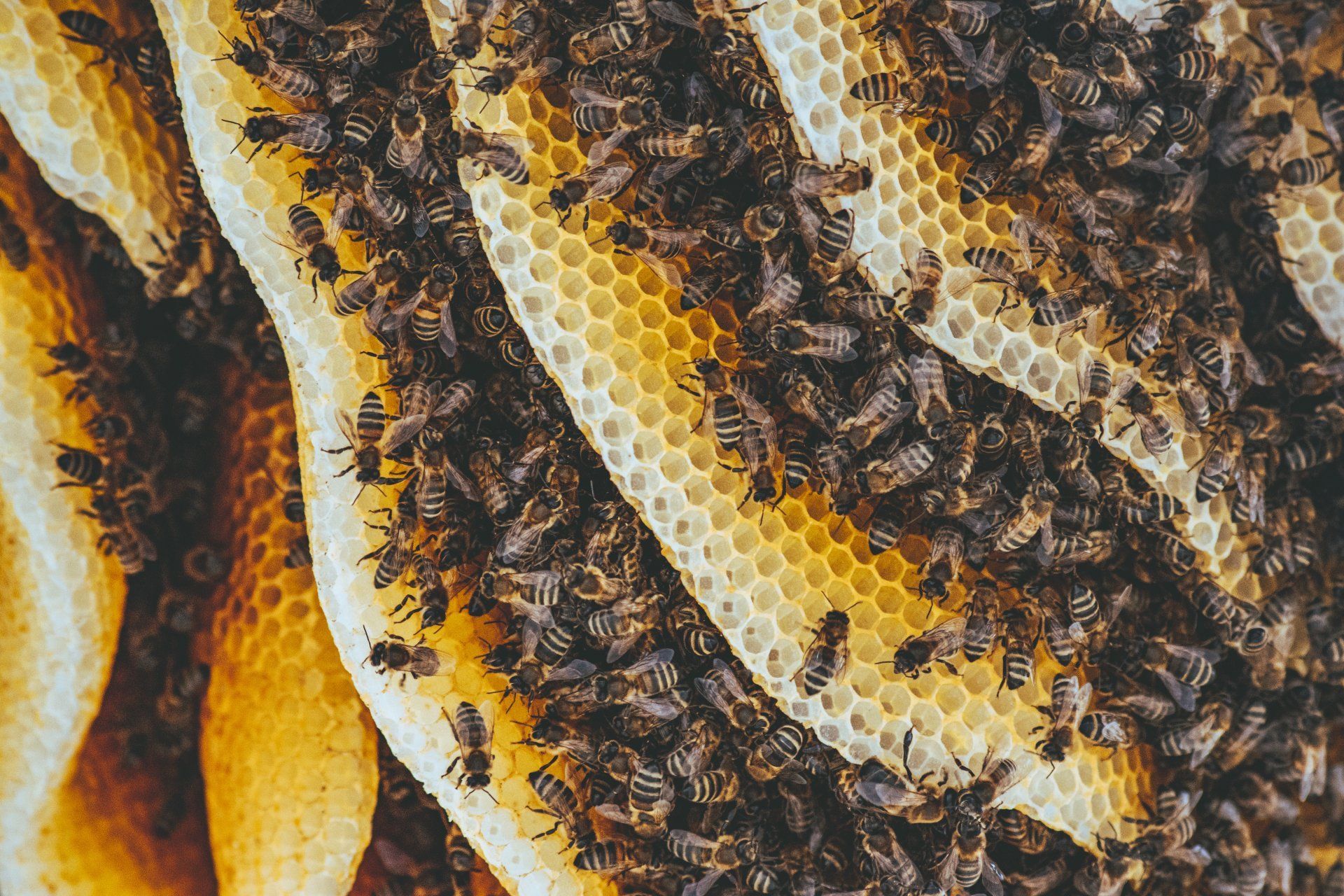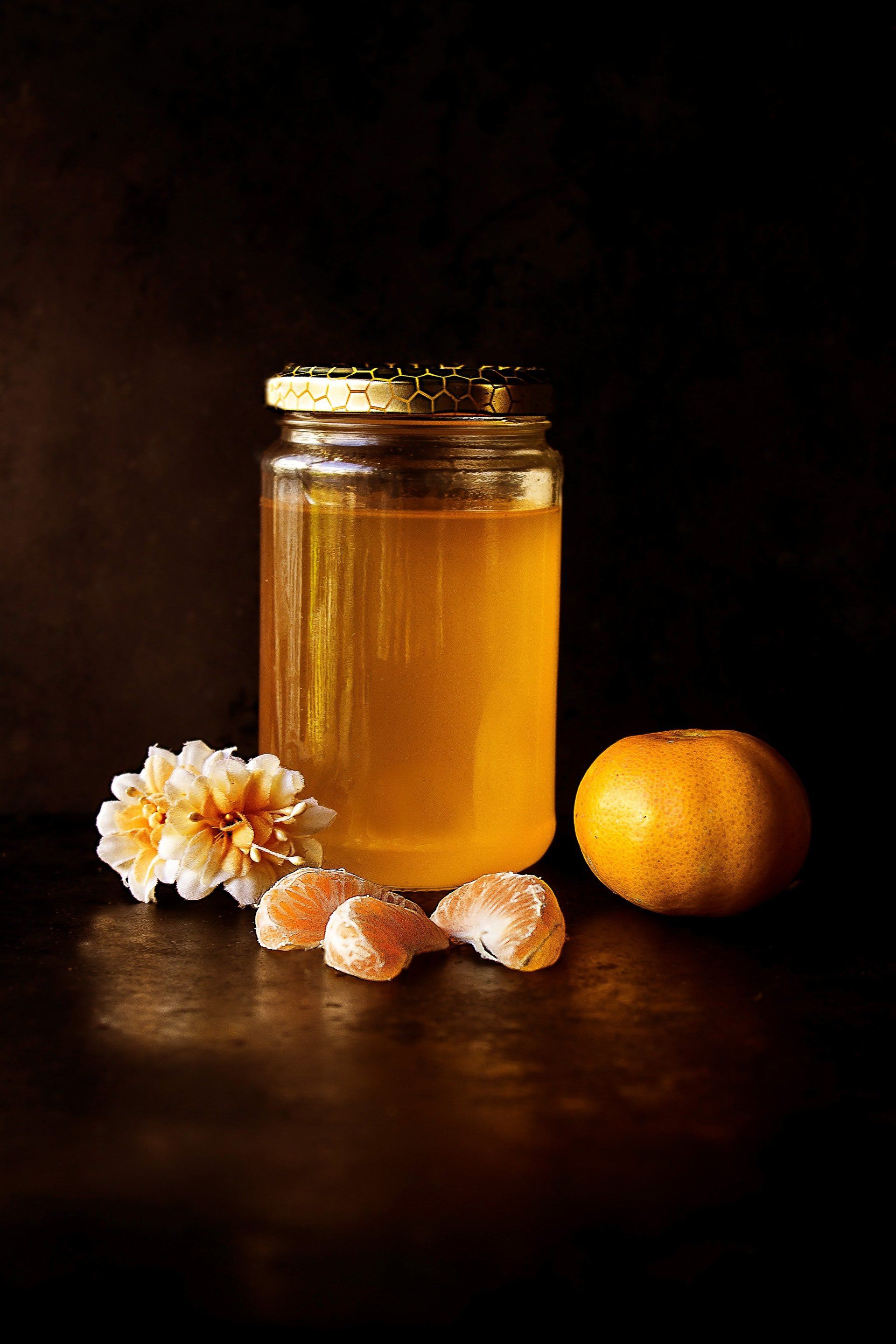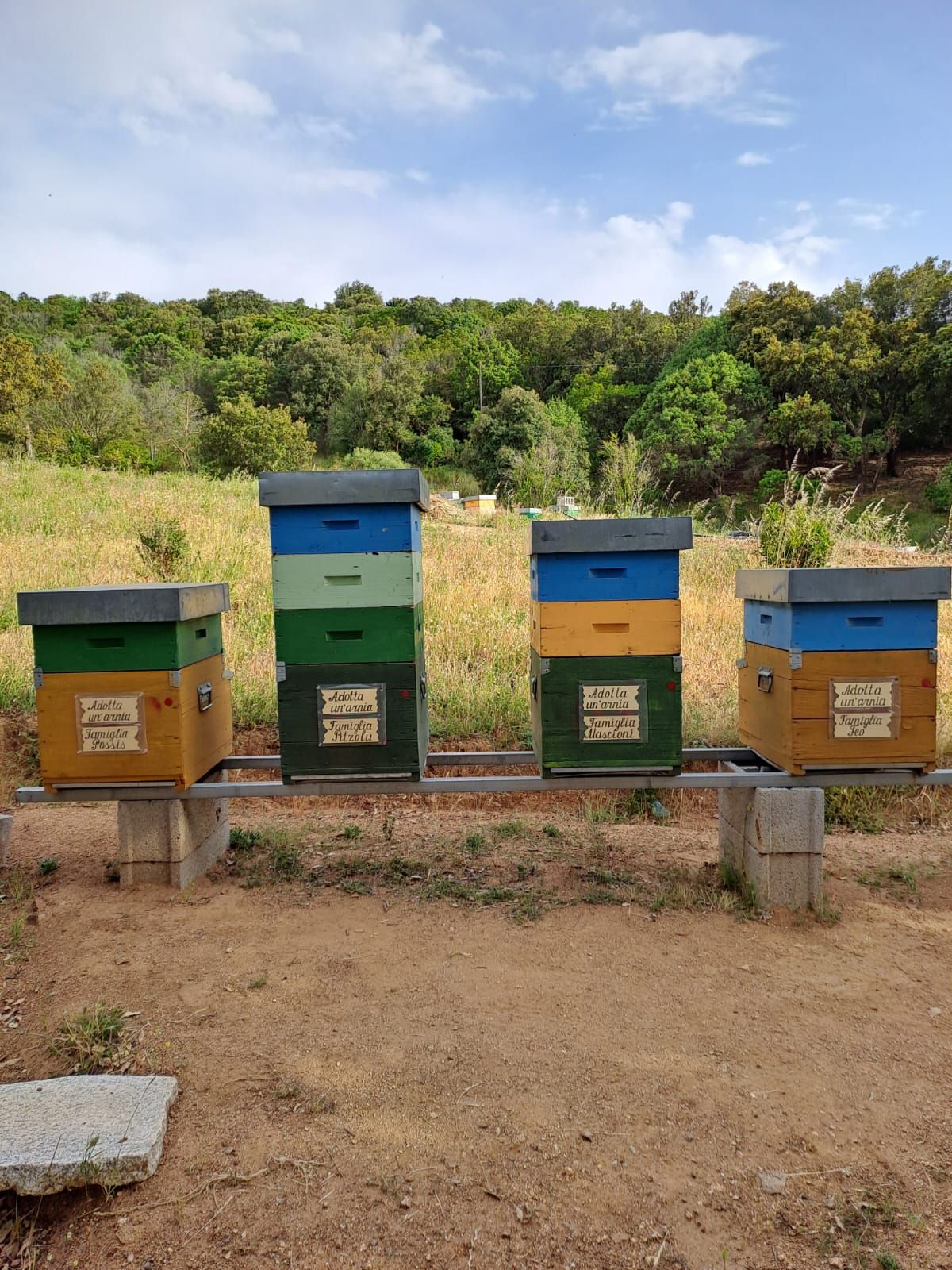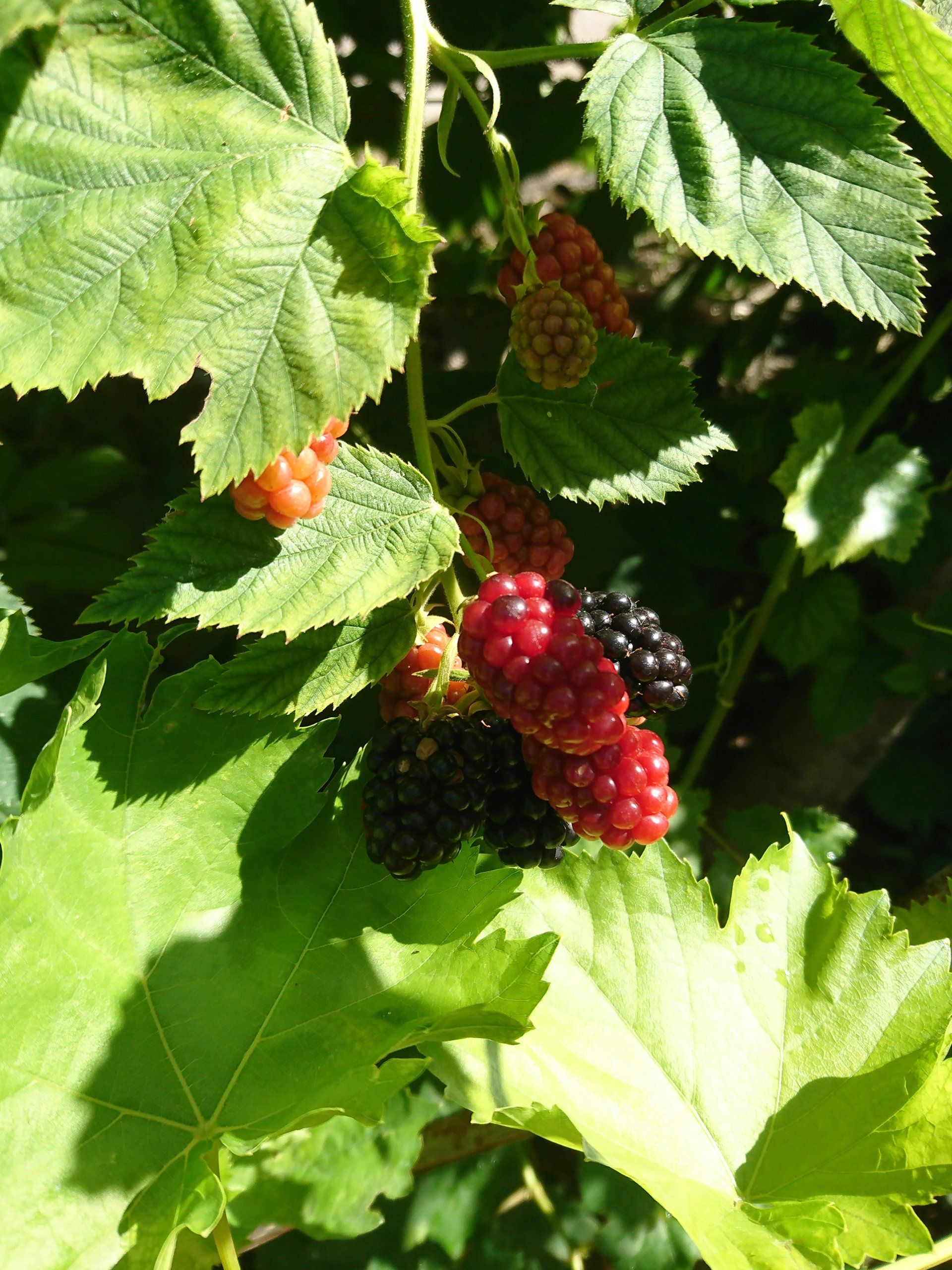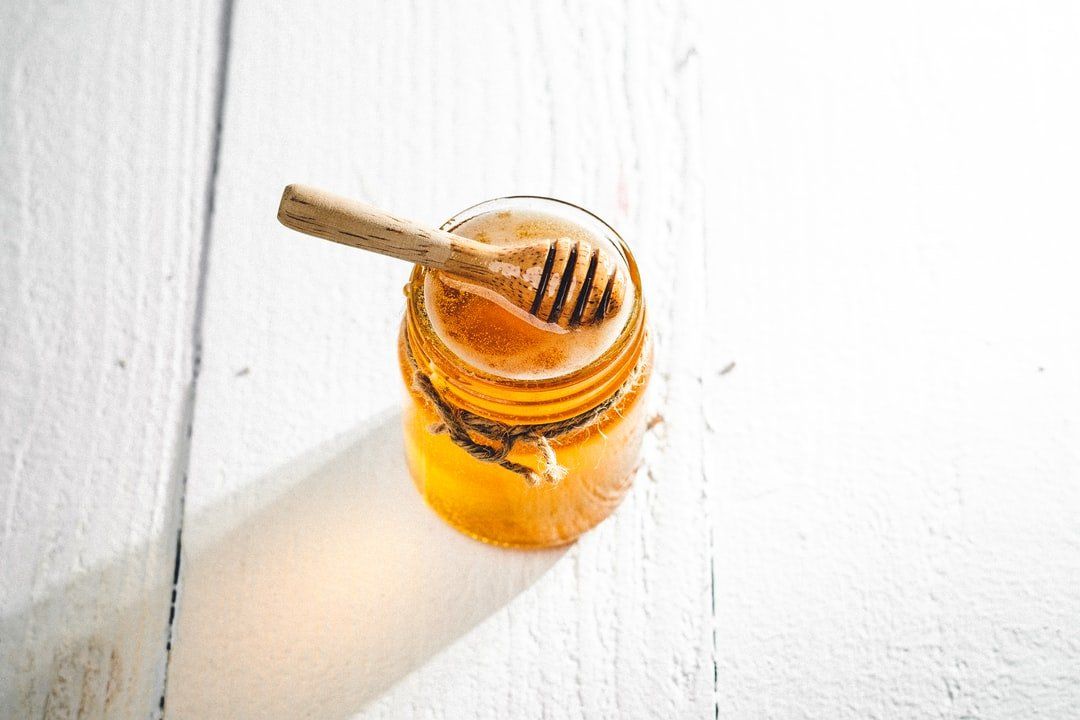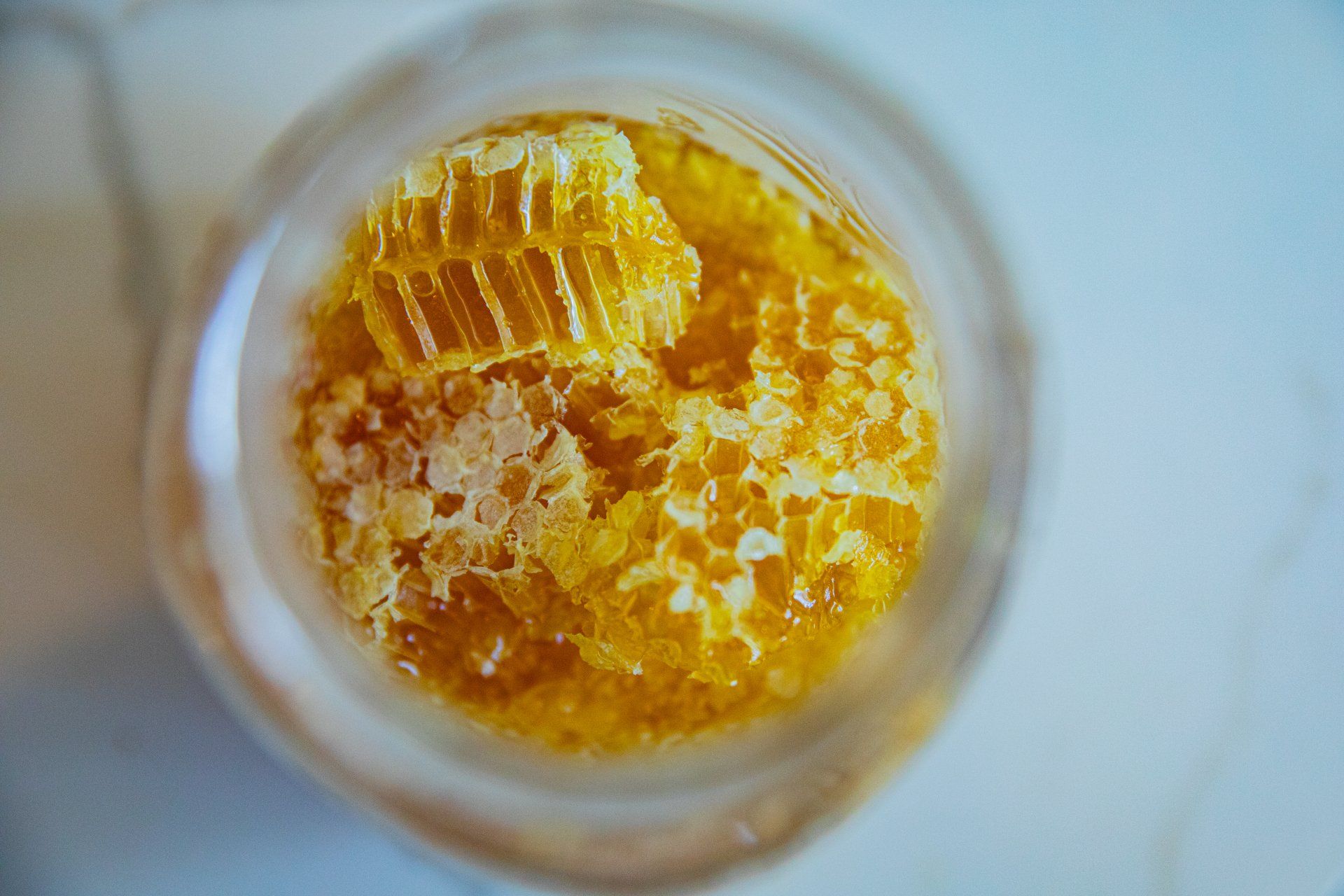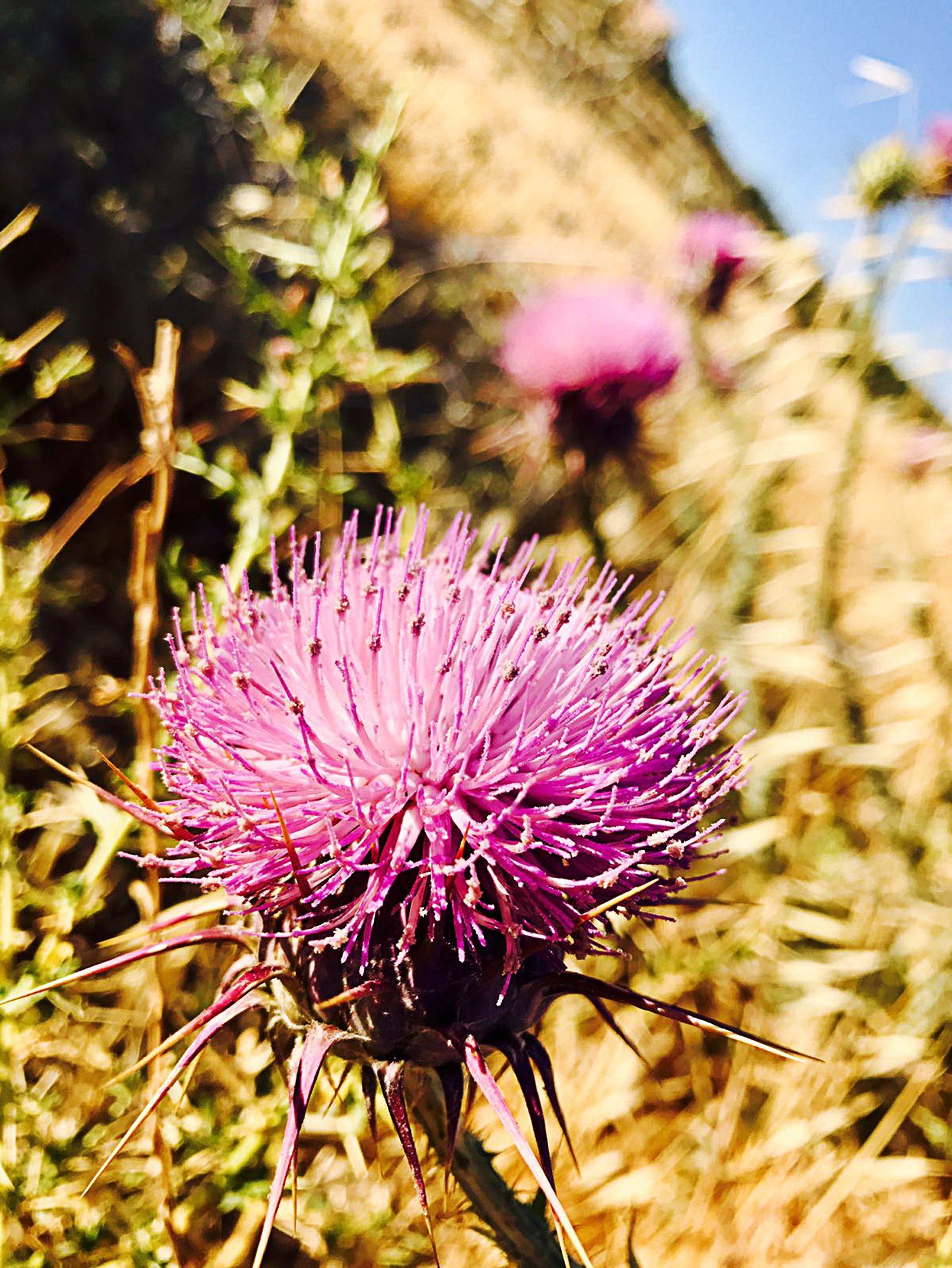Apitherapy and effects on human being
Why apitherapy with bees can help humans to live longer and better
Apitherapy is a group of procedures used in conjunction with traditional medicine to restore health using substances gathered, altered, and produced by bees.
It is a form of healing that has been used for ages and has been supported by testimony that go back at least two millennia. It is based on an extremely old tradition.
Writings on apitherapy methods have been discovered in a number of civilizations, including Egyptian, Greek, and Roman ones.
Apitherapy is beginning to receive official recognition in some nations, and in recent years, international conferences with training and refresher sessions for practitioners have been conducted in Europe (Germany, France, Austria, Romania, Switzerland).
Numerous clinical studies have been published on the topic.
The origins of apitherapy
Numerous ancient authors frequently mention the benefits of honey in their writings. It was highly revered by the Egyptians, Greeks, and Romans and was mentioned in the Bible, the Koran, and the Talmud.
The "Nectar of the Gods" was what the ancient Greeks named it, and it was regarded as a marvelous nourishment and a storehouse of healing properties by writers and luminaries from many other cultures.
The stylized bee was a common motif in Egyptian tombs and statues. The Egyptians used honey to preserve fruit and the same honey and wax, along with other materials, to embalm mommies.
According to Greek mythology, honey generated by Mount Ida bees served as Jupiter's food.
According to Norse mythology, honey is associated with the deity Odin. It was used to make a beverage that had the magical ability to turn any mortal who drank it into a poet.
The sun gods, the Azwins, are credited with discovering honey in ancient Indian cultures, and because of the makeup of honey and wax, these substances were utilized to treat illnesses.
According to Ayurvedic medicine, honey has various health benefits, including those of purification, aphrodisiacs, quenchers of thirst, vermifuges, antitoxins, regulators, refrigerants, stomachics, cosmetics, tonics, mild hypnotic effects and healing. Each single morbid state or dysfunction correlates to a certain type of honey.
Some noble families adopted the bee as their coat of arms' emblem throughout the Middle Ages as a representation of diligence and order.
To locate contemporary research on bee venom, we must travel to the end of the 19th century. The book "Report on the connection between bee stings and rheumatic diseases" was written by Austrian doctor Phillip Terc, who is known as the "father" of apitoxytherapy (the therapy through bee stings). His findings were published in a Vienna journal in 1888, and ever since then, acupuncture has grown in popularity across central Europe.
We must not overlook Hungarian physician and apitherapy specialist Bódog Beck. He wrote "Bee Venom Therapy" in 1935 with the intention of methodically presenting all that was understood about apitherapy.
In order to illustrate how bee venom worked in cases of rheumatism, arthritis, arthrosis, and muscle pain with the appropriate contraindications and the requirement to perform preventive allergy tests, Beck took it upon himself to compile the experience of colleagues from all over the world and from various eras.
The significance of high-quality apitherapy products
All of the hive's products are used in apitherapy. The user must ensure that the materials he is using are free of physical agents, such as heat sources that are occasionally employed in packing processes, as well as chemical agents that are either dispersed in the environment or that are used to treat the various bee diseases.
By contaminating the environment or removing essential microelements from the products, inappropriate techniques change the organic completeness of the individual items.
This is the reason why Asphodel is committed in producing pure products from bees, not feeding them with any artificial products nor using any chemicals on it: the final product (venom, honey, pollen, wax or any other product that can be used in apitherapy) is then pure and their properties perfect for apitherapy use.
